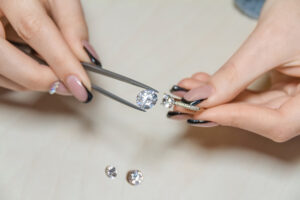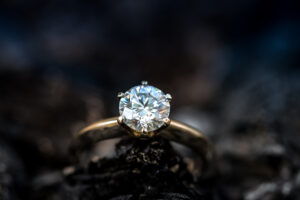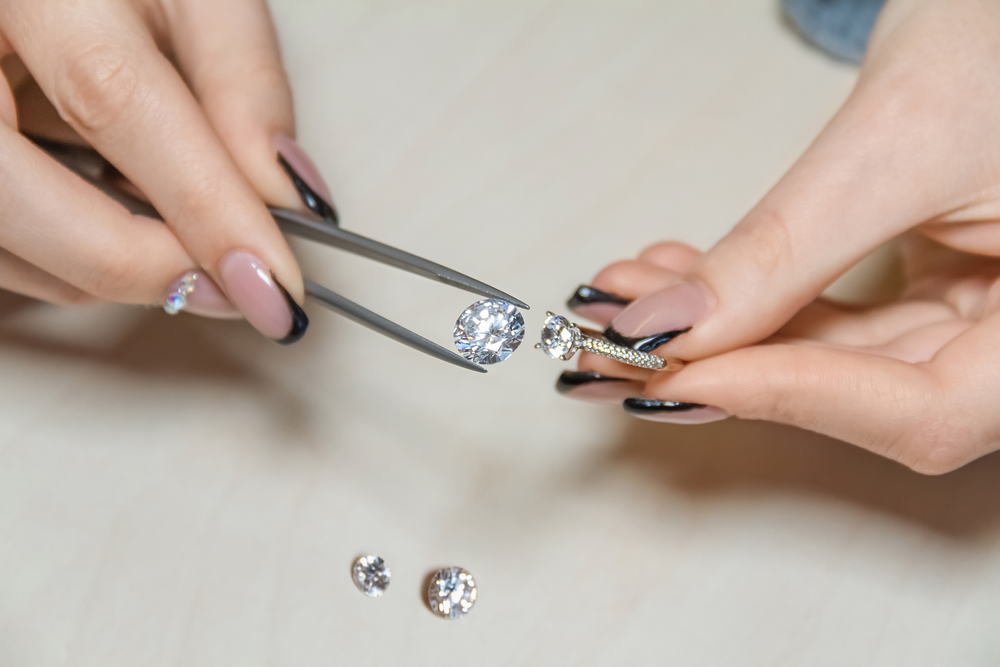
A diamond simulant is basically a stone that has the appearance of a real diamond and some of its qualities. Despite their use as diamond substitutes, simulants have a molecular structure that differs from that of actual diamonds. Some diamond simulants are produced synthetically, while others occur in nature. Cubic zirconia, moissanite, and rhinestone are some of the most common diamond simulants.
How Are Diamond Simulants Differ From Synthetic Diamonds?
Synthetic diamonds are frequently confused with diamond simulants. These two names, however, have different meanings. Synthetic diamonds are real diamonds that have been produced in a laboratory. These diamonds, unlike simulants, have the exact chemical structure as real diamonds, and synthetics can occasionally outperform natural diamonds in terms of physical attributes.
Lab-created, man-made, or lab-grown diamonds are all terms used to describe synthetic diamonds. Many people believe that a diamond labeled “man-made” or “lab-grown” is a fake. Although many lab-grown diamonds exist, the chemical structure of a diamond determines whether it is real or not. Synthetic diamonds are only distinguished from real diamonds by the fact that they are manufactured artificially.
Some Common Diamond Simulants
Imitation diamonds can be made out of a variety of different materials. It’s a good idea to get to know the most common ones so you can spot them when they’re around. Moissanite, cubic zirconia, white sapphire, zircon, strontium titanate, glass, etc. are some of the common diamond simulants people try for their engagement rings.
Different Ways To recognize Diamond Simulants
Sparkle
When compared to diamonds, many imitations have a far brighter shine when lighted. While this distinction does not apply to all fakes, it is one of the features that distinguish diamond simulants from real diamonds.
Hardness
One of the most obvious distinctions between simulants and real diamonds is their color. Simulants do not compare to diamonds in terms of toughness; they scratch, chip, and break more easily.
Clarity

Artificially manufactured diamond simulants are usually free of defects on the inside. Natural diamonds, however, have inclusions that were incorporated into the structure of the stone during its development.
Color
The majority of diamond simulants are colorless. They’re so colorless, in fact, that if they were scored on a diamond color scale, they’d get the highest score.
Price
This is one of the clearest indications that a diamond is a fake. The price of real diamonds of reasonable size and quality is often thousands of dollars. However, diamond simulants are way cheaper.
